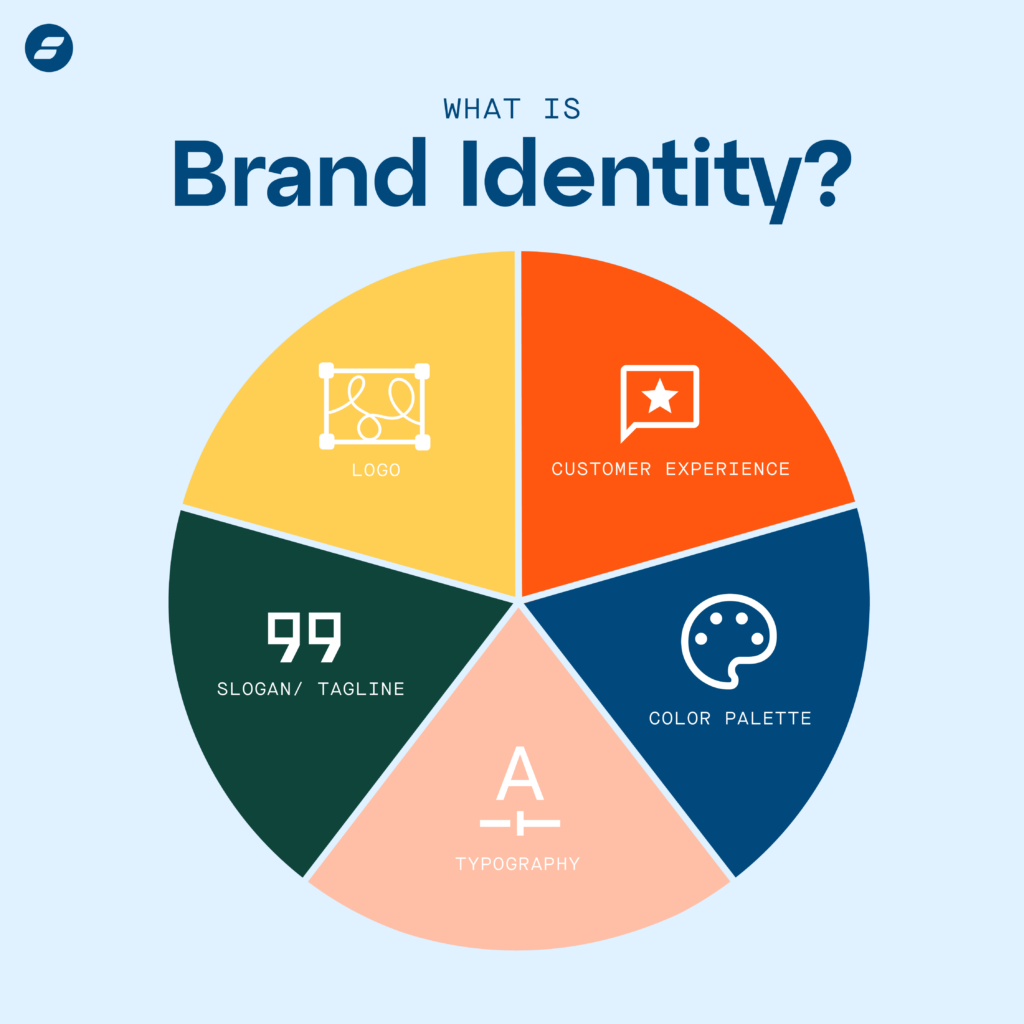In the 1989 classic Field of Dreams, our main character hears a mysterious voice tell him, “If you build it, they will come.” Now, that might have worked like a charm for his baseball field, however, let's be real—websites are a bit trickier. In a world jam-packed with similar offerings from existing websites, getting people to a new site can feel like taking a swing at a curveball from a pro pitcher. So, how do you boost website traffic?
Your website is more than a digital billboard; it's where the world gets to know your business. So, just how do you get the people there? Excellent question.
The Art of Self-Promotion

As you know, it takes more than just existing online. Active self-promotion is key! Now, maybe you're like me and you're wondering, “Uhhhhh, how do I do that?” Well, it’s simpler than you think, but it will take a bit of work. When I started this process, my goal was to get people interested in my guitar lessons and have me play guitar for their songs. Here are a few of the things I tried to increase interest.
1. Strategic Content Planning:
I developed a calendar to lay out what types of content I wanted to put out and when to publish it. I made a mix of informational, humorous, and review-based content. These three types of content usually get a lot of engagement in the music world.
Think about your specific niche. If you are a designer, consider doing posts on Mondays, Wednesdays, and Fridays. Maybe Mondays are always a post about best practices, while Fridays always feature a post about the results you have achieved for one of your clients.
2. Optimize Social Media Presence:

Instagram and TikTok were huge for what I was trying to do. They favor short, engaging videos, which were perfect for me. I focused on consistency with my posts and did my best to make content that was informative. I wanted people to get a preview of what taking lessons with me would be like.
If, for example, you want more design clients, give people a taste of how you work. Show how you would approach designing a landing page or how you would rebrand a product into something new. The idea is to show people what working with you would be like.
3. Engagement and Interaction:
Create content that asks questions or prompts discussion. Think about questions you had when you first started out. Another approach is to think about the things people are discussing in your industry, give a few thoughts, and leave room for people to share their opinions.
It’s also a good idea to respond to as many comments and DMs as you can. Engaging and answering their questions will help you gain trust and give value to your followers. Just be sure to set healthy boundaries with how much time you spend on this.
Unlocking the Power of Content Marketing

Good content is the lifeblood of your website. It’s also the lifeblood of your social platforms, which you can use to send people to your website. A lack of good content is like a band that can't play any songs. You probably wouldn't want to hire those guys for your wedding. So how do you create and share engaging content?
1. Craft Compelling Narratives:
Make sure your content tells a story. Implementing storytelling will ensure you create narratives that not only captivate but also resonate with your audience. If you want to grow in your storytelling abilities, check out this article about Donald Miller's approach to storytelling for businesses, also known as Storybranding.
2. Strategic Content Distribution:
Learn about various social platforms. Like we mentioned earlier, TikTok and Instagram are great for short-form videos, but they’re by no means the only option. If you want to write content and provide value through words, platforms like LinkedIn will work better for you.
A great place to share content and drive people to your website is through a blog. This one is excellent because it allows you to directly answer questions you know people are asking. Blogs also enable you to bring traffic directly from a search engine to your website without having to go through a social platform. Getting traffic through blogs will require understanding a bit of SEO (search engine optimization). However, if you need some help with the SEO basics, check out this article we’ve written to help you out.
Another great option is to offer a good lead magnet or freebie to your audience. This is something of value that you can give away for free to help build trust with an audience and collect email addresses you can nurture. If you need help with setting this up, you can check out this article on how to create a lead magnet.
3. Create Engaging Visual Content:
Incorporate a variety of elements such as graphics, infographics, and videos to boost the impact of your message. Visual content has a unique ability to capture attention and convey information in a way that resonates with your audience.
Spend time studying successful campaigns that have effectively used visual content. You can gain valuable insights and apply proven strategies to enhance your own content. Using the power of captivating visuals is an essential step toward creating a lasting impact and driving engagement.
4: Consistency and Frequency:
Posting consistent content helps maintain a strong online presence. It ensures that your audience can look forward to and engage with your content regularly. However, it's equally valuable to analyze the frequency that resonates most effectively with your audience. Finding the right balance between quality and regularity is key to making a lasting impact.
One tip here is to understand the art of content repurposing. If you have a video you made for a specific platform, think about putting its content into a few short paragraphs and making it a LinkedIn post. ]
Alternatively, if you have a 15-minute YouTube video on designing a landing page, cut it into smaller 1-minute sections and use it on a platform like TikTok to offer quick tips. You would be surprised how much mileage you can get out of a single piece of content.
The Keys to Success for Website Optimization

A well-optimized website is mission-critical for online success. Let’s talk about the essential elements for a successful website. Things like design, functionality, and user experience
1. Strategic Design Principles:
Look at a few websites within your industry that you find visually appealing. Take note of the elements of that website you like and how it is organized. Also, take note of the accessibility of the website’s navigation. You should be able to find the information you want easily.
Fortunately, we live in a world where you can get your hands on tons of affordable, if not free, website templates that have been put together by professional designers. If you are interested in a premade design, check out some of our templates here. If you want a more in-depth guide on how to design your website, check out this article for some of our best tips to help you get started.
2. User-Centric Experience
By delving into the psychology of user experience, you gain insights into what resonates with your audience. Tailoring both content and design to cater specifically to your target demographic ensures a more intuitive website. Regardless of your target audience, here are a few things you will always want to ensure are in place.
- Make sure your text stands out against your background; it should be easy to read.
- Make sure your buttons are easy to click on both desktop and mobile displays.
- Ensure you menus are intuitive and easy to navigate
- Be sure your site has a quick loading speed to reduce the risk of user frustration.
- Ensure your site is optimized for both desktop and mobile. Pay extra close attention to mobile navigation; it's only going to increase in popularity in the future.
3: Conversion-Focused Elements:
Create strategic calls-to-action (CTAs) that guide users seamlessly through your website. Ensure that your landing pages are optimized to enhance conversion rates, providing a smooth user experience.
Again, take inspiration from successful websites that have mastered the art of conversion to refine your own. Also, take full advantage of things like social proof in the form of reviews and exit-intent popups that offer something special for visitors before they exit your site. If you want to dive deeper, go ahead and check out this article we’ve written on how to convert website traffic into customers.
Why Is a Strong Brand Presence Important?

All of what we’ve talked about so far—social media posting, creating good content, and having a well-optimized website—are all major players in developing your brand.
A strong brand presence is the distinct identity a business establishes in the minds of its audience. This includes visual elements, messaging, and the overall experience that sets a brand apart. Having a strong brand presence is incredibly important for a few reasons.
- It builds trust and credibility, making it more likely for someone to choose your brand over competitors.
- It increases brand recall, helping people keep you at the top of their minds when they think about your specific industry
- It gives you a better chance for customer loyalty, as consumers tend to gravitate towards brands they can connect with on a personal or emotional level
Building a strong brand presence involves a combination of strategic actions. Consistency across all touchpoints is crucial. Additionally, maintaining a cohesive visual identity, including logos, colors, and fonts, will help you create a strong brand presence. As we talked about earlier, storytelling is also very important. You should try to craft a compelling brand story that resonates with your target audience, emphasizing the values and mission that set your brand apart.
Another important aspect of a strong brand is engaging with your audience on social media platforms. Respond to comments and actively participate in conversations. Incorporate your brand's personality into your content, injecting a human touch that fosters connection. Keep in mind all of the things we’ve discussed, from a well-designed website to engaging social media posts.
Ready to Get Started?
Of course, there is a lot more information out there on how to drive traffic to your website, but we wanted to highlight some of the things we know work well. Remember that building a business and a client base takes time and consistency. As you work through some of these practical steps, you will start to see, slowly but surely, your online presence will level up, and you’ll begin to see the results of your hard work.
In our next post, we'll explore what comes after attracting visitors to your website and sparking interest in your brand. How do you sustain and expand your business, both as a company and as an individual? Join us in post 4 as we delve into the next steps for continuous growth. Go ahead and check that out here.


